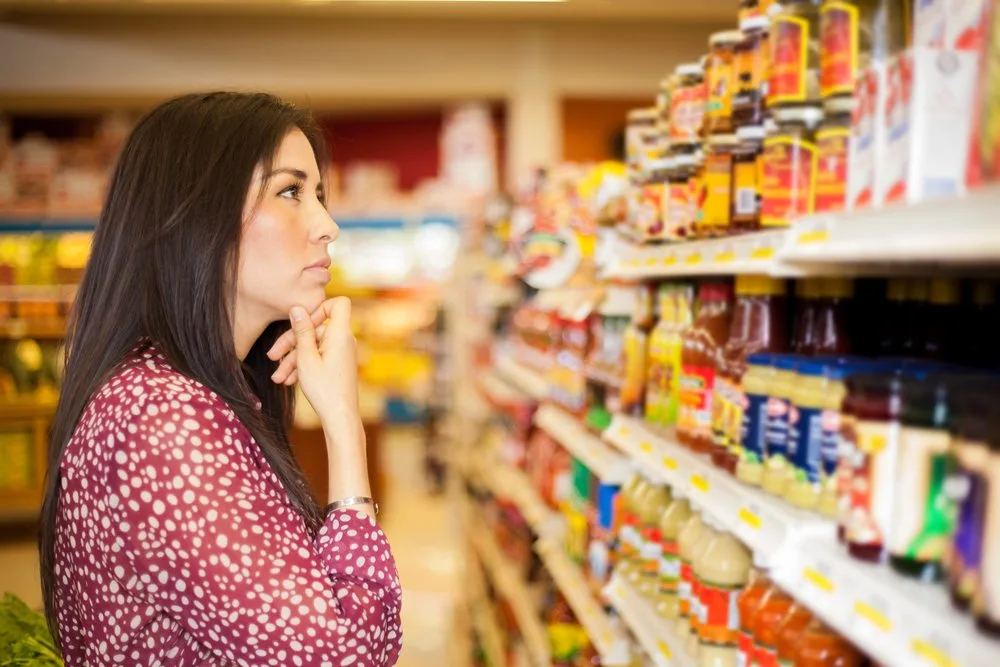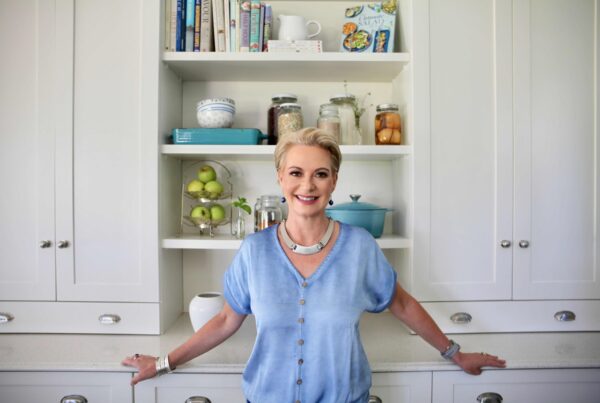New research from UK’s consumer watchdog Which? reveals that portion information on food packaging is often confusing, inconsistent, or unrealistic. This is one of the reasons why consumers of products bought on shelves do not get a clear picture of just how much sugar, fat, and salt they are consuming. This lack leads to the overconsumption of products that may well lead to poor health. The statistics are alarming. Here’s what you need to know.
So just what does the research say about the shortcomings of food packaging?
Consumer champion Which? surveyed 1,265 people on portion sizes in May 2023, and when asked to estimate how many servings popular supermarket foods contained, many people got it wrong.
More than half of respondents thought a 225g supermarket pack of halloumi would cover two to four servings if the packaging information suggests it should feed seven.
Similarly, more than a third of respondents believed a tub of Pringles contained two to four portions, while the packaging suggests it contained six to seven servings of around 13 crisps per person.
Most people (79%) in the survey understandably thought a supermarket meal deal was designed to be the ideal portion size for one person. But while the sandwich typically included in a meal deal is usually for one person, the drink and snack you get alongside it may be designed for two. For example, a 300ml bottle of orange juice and a packet of nuts typically state they contain two portions.
Portion sizes
Portion sizes on some popular products are inconsistent across pack sizes, too. For example, Walkers Ready Salted crisps come in three different individual pack sizes ranging from 25g (in a multipack) to 45g (grab bag) – yet they all count as one portion. A 150g sharing bag, meanwhile, proposes a portion of 30g.
The same applied to Cadbury’s Dairy Milk. Across different packs, the recommended serving size varies from just 20g to 33.5g:
- Multipack bar 27.2g (1 serving)
- 33.5g bar (1 serving)
- 110g bar (serving is 6 chunks = 27.5g)
- 180g bar (serving is 4 chunks = 20g)
- 360g bar (serving is 5 chunks = 30g)
Which? found that similar foods often have different serving sizes depending on the brand. A 300g pack of Dell Ugo tomatoe and mozzarella tortelloni states it serves two people. However, M&S cheese and tomato tortelloni – a nearly identical product, which is also 300g –says that it contains three servings.
Different serving sizes per brand
Sometimes portions and serving sizes simply seem unrealistic. In a 220g box of Quality Street, a serving is just two individual chocolates, while a 75g bag of Joe & Seph’s Salted Caramel Popcorn says it should serve four people, meaning just 19g per person, the equivalent of 30 pieces.
Which? is concerned that small, unrealisticly recommended serving sizes can mislead people using the front of pack labelling into thinking they are consuming fewer calories and less fat, sugar or salt than they are in reality.
Larger portions and packs, which might be presented as better value during a period of soaring food prices, can also be problematic.
Research has consistently shown that more significant portions just encourage people to eat more due to “unit bias” – we think a serving or pack is one portion, regardless of its size.
When it comes to drinks, people also struggle to estimate appropriate portion size, and it is easy to overconsume
Which? asked 229 members to pour themselves a glass of wine, juice, or smoothie at home and measure how much they served, to see what sort of portion sizes people had when pouring for themselves.

Just under half of white wine drinkers (49%) poured more than the recommended 125ml, with the largest pour recorded more than double that (275ml). For red wine drinkers, almost two-thirds (62%) poured more than the recommended 125ml, with the largest pour recorded reaching 250ml – a third of a bottle.
For orange juice drinkers, more than half (54%) poured more than the recommended 150ml, with the largest pour being 400ml. A 150ml glass of orange juice has around 62 calories and 13g of sugar, and this would be labeled on the front of the bottle. But a 400ml glass has 166 calories and 35g of sugar in it. That is more free sugar than an adult should have in a day.
What about Traffic Light Food Packaging Labelling?
Although traffic light labeling is a valuable guide to nutritional value, for it to be effective it must be based on realistic portion sizes. Manufacturers and supermarkets should look to make improvements and provide more straightforward food packaging labeling on serving sizes, so shoppers are not misled about the food they buy.
It can also be hard to translate servings in grams on a pack to real life. Which? advises consumers to check the packaging and if unsure, measure for themselves at home to get a clearer idea of how what they consume compares to the front-of-pack labeling.
Shefalee Loth, Which? Nutritionist, said: “Which? found people can be confused by inconsistent and unrealistic serving sizes and that the way that manufacturers provide these can sometimes make it difficult to assess just how healthy a product is.
“Nutrition labelling is really valuable for consumers, including front of pack traffic light labelling, but it needs to be based on meaningful and consistent portion sizes.”
Notes about the research
The results of this food packaging research are based on a Which? omnibus survey of 1,265 members in May 2023.
About Which?
Which? is the UK’s consumer champion, here to make life simpler, fairer, and safer for everyone. Their research gets to the heart of consumer issues, our advice is impartial, and our rigorous product tests lead to expert recommendations. Which? is an independent consumer voice that influences politicians and lawmakers, investigates, holds businesses to account, and makes change happen. As an organization, they’re not for profit and all for making consumers more powerful.



![women [longevity live]](https://longevitylive.com/wp-content/uploads/2020/01/photo-of-women-walking-down-the-street-1116984-100x100.jpg)










